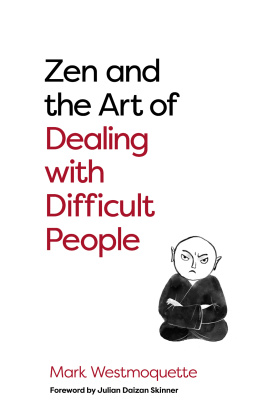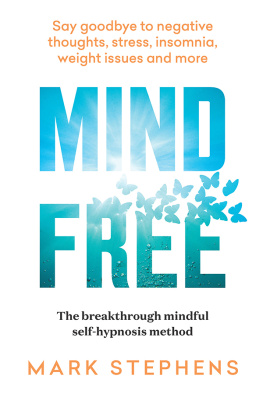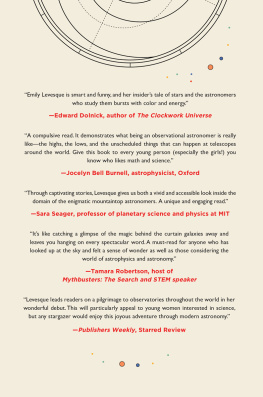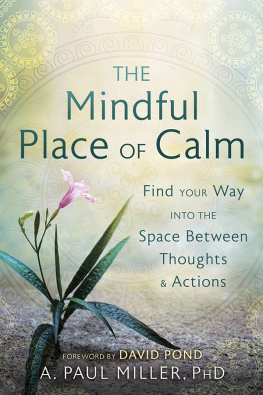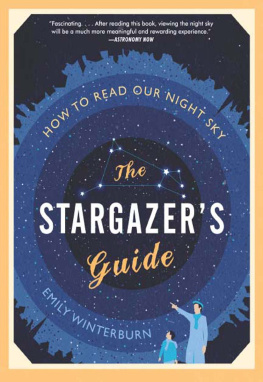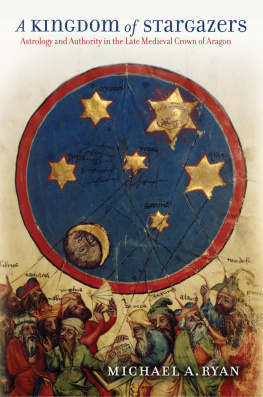Mark Westmoquette - Mindful Thoughts for Stargazers
Here you can read online Mark Westmoquette - Mindful Thoughts for Stargazers full text of the book (entire story) in english for free. Download pdf and epub, get meaning, cover and reviews about this ebook. year: 2019, publisher: Leaping Hare Press, genre: Religion. Description of the work, (preface) as well as reviews are available. Best literature library LitArk.com created for fans of good reading and offers a wide selection of genres:
Romance novel
Science fiction
Adventure
Detective
Science
History
Home and family
Prose
Art
Politics
Computer
Non-fiction
Religion
Business
Children
Humor
Choose a favorite category and find really read worthwhile books. Enjoy immersion in the world of imagination, feel the emotions of the characters or learn something new for yourself, make an fascinating discovery.

- Book:Mindful Thoughts for Stargazers
- Author:
- Publisher:Leaping Hare Press
- Genre:
- Year:2019
- Rating:3 / 5
- Favourites:Add to favourites
- Your mark:
- 60
- 1
- 2
- 3
- 4
- 5
Mindful Thoughts for Stargazers: summary, description and annotation
We offer to read an annotation, description, summary or preface (depends on what the author of the book "Mindful Thoughts for Stargazers" wrote himself). If you haven't found the necessary information about the book — write in the comments, we will try to find it.
Mindful Thoughts for Stargazers — read online for free the complete book (whole text) full work
Below is the text of the book, divided by pages. System saving the place of the last page read, allows you to conveniently read the book "Mindful Thoughts for Stargazers" online for free, without having to search again every time where you left off. Put a bookmark, and you can go to the page where you finished reading at any time.
Font size:
Interval:
Bookmark:
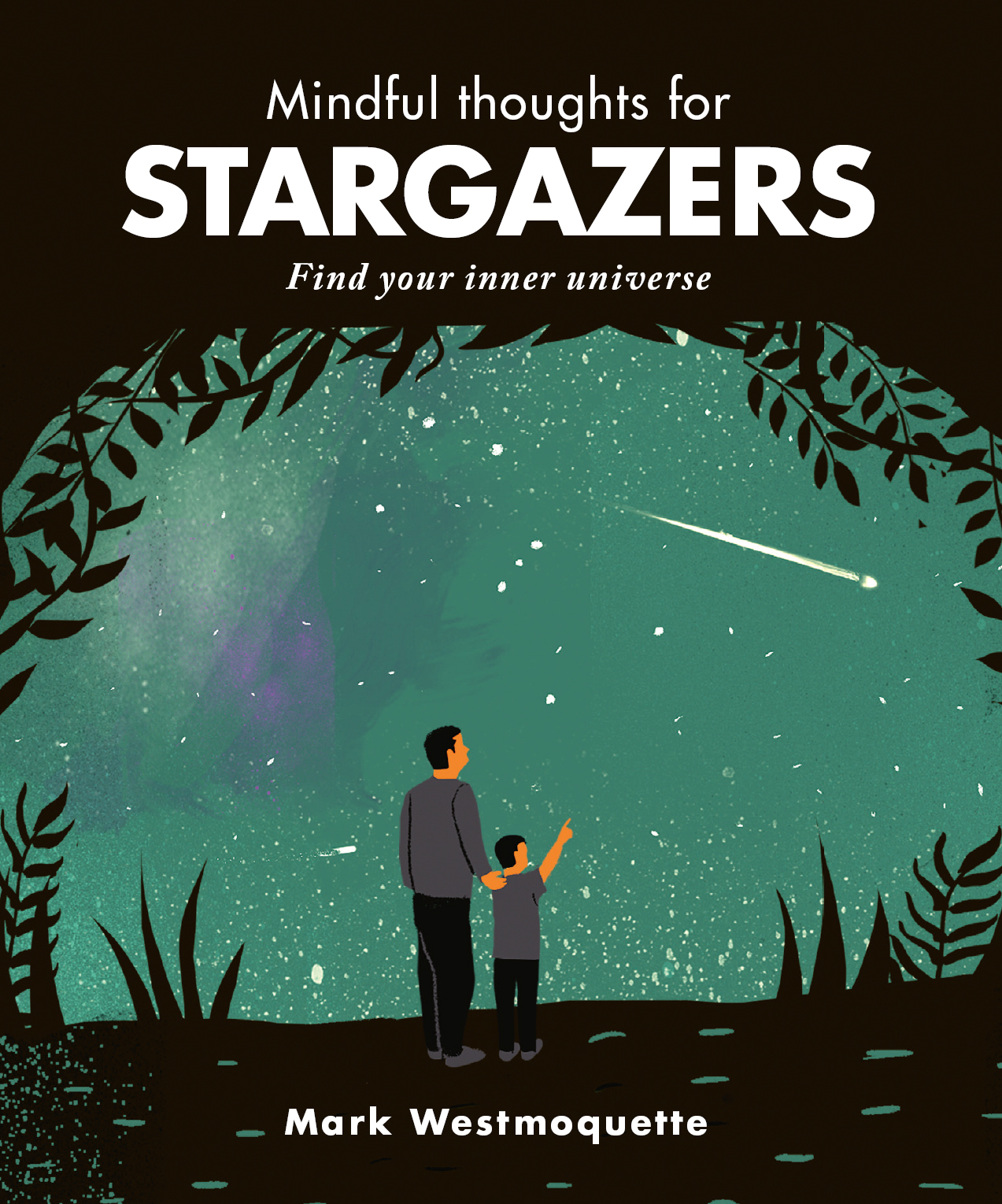
Mindful thoughts for
Find your inner universe
Mark Westmoquette

Inner Universe
At 18, I decided to go to university to study astrophysics. Looking back, I can see my decision to study astronomy was partly motivated by wanting to escape, after a very traumatic childhood, to the furthest reaches of the Universe. After my undergraduate degree I was swept along into a PhD and ended up spending ten years doing research with my head buried in space.

During that time, I took up yoga and later Zen meditation. I remember my intellectual mind initially being quite resistant to all the what seemed like woo-woo nonsense in these Eastern practices, but my subconscious brought me back to the classes week after week. Over time, I rediscovered the forgotten lands of my body and the subtle contours of feeling and sensation. With mindfulness, I started to see the patterns of behaviour and ways of being I had adopted as methods for avoiding any more pain. With guidance from my Zen teacher and my psychotherapist I began to understand how these very patterns had now become the source of my suffering.
Meditation showed me how to allow strong emotions to arise, without feeling like I had to do anything about them or find out why they were there. Slowly I realized I didnt need to escape into space any more. I experienced first-hand the Buddhas teaching on suffering. Suffering arises, he said, because when we experience a difficulty we either wish it wasnt there, or we just deny or ignore it. I was very happy to find this has been codified into an equation: Pain Resistance = Suffering.
A few years ago, I decided to end my astronomy research career and take up teaching yoga and meditation full-time. It has taken me quite some time to see how astronomy that often-cold realm of maths and physics that I had escaped into can actually be a tool for connecting us more deeply with life here on Earth. And thats the intention of this book: to explore various aspects of the stars, the planets and the Universe to help us live with more presence and awareness of our own two feet on the ground. The first half of the book focuses on the practical side of mindfulness dealing with the mind and thoughts, navigating our life and dealing with emotions. The second half looks at the bigger picture, including the deeply interconnected nature of the Universe, life and death.
Whats Up There
I used to think when I was working in astronomy that if we stopped and actually thought about what we were studying wed fry our circuits on a daily basis. Just think of the distances, sizes and timescales involved. The nearest star after the Sun, Alpha Centauri, is 42 trillion kilometres away a totally inconceivable distance. It takes light almost four and a half years to travel that far. This is why astronomers call this distance 4.4 light-years, four being a much easier number to deal with than 42 trillion. Astronomers come up with all sorts of units for distance, time and energy, just to make them more comprehensible and less mind-bending to work with.
The night sky is as mysterious and awe-inspiring to us modern humans as it has been to any animal that has ever had the capability of looking up and wondering. When we gaze up at the stars we are sharing that view with all our ancestors. Imagine an early human out on the savannah, stepping away from the evening fire after a meal of antelope and foraged vegetables, glancing up at the perfectly dark sky and being totally captivated. Black thats blacker than black, spaciousness extending to infinity, and tiny, bright sparks dotted everywhere, twinkling silently. Eyes wide, head tilted, and just the sound of his or her own quiet breathing and the crackling of the fire. And maybe later, once everyone else has gone to sleep, this man or womans mind starts questioning: Whats up there? What are all those bright dots? How far away are they? Is that where we come from? What kind of power (or deity) keeps it all going?

These days it is difficult to find a place quite as dark as that which the prehistoric human experienced. This is a shame, because when it is dark right down to the horizon you cannot help but be completely drawn into the vista. Living today, we see those same tiny, bright sparks twinkling silently, piercing the black. Gazing skywards can be a meditation itself a meditation on looking. And when you do look, what happens in your body? How do you feel it? For me, as my attention is drawn upwards, I feel a sense of wide expansiveness, spaciousness and calm. My peripheral vision slowly activates and my eyes feast on the increasing number of faint stars which reveal themselves to me. The familiar constellations are overwhelmed by the sheer number of fainter stars obscuring their patterns. I feel totally immersed. Until I realize my neck is hurting and Im freezing cold
There is no other view in our human experience that we can share with so many others back and forward through time. Earthly landscapes have changed over the millennia (eroded, slid under the sea or been built on), but the night sky has remained (more or less) the same. The oldest star chart we know of is over 32,000 years old, etched into a sliver of mammoth tusk found in 1979 in a cave in Germany. It shows a constellation that looks remarkably like Orion. If humans make it to the year 100,000, the Ursa Major constellation (the Big Bear, or Big Dipper) will have only changed slightly, looking more like a large kitchen knife than a saucepan.
The majesty and mystery of the stars above which stirred that Stone Age human to spend precious time and energy carving Orion into a mammoth tusk, also, over time, inspired humans to build the astrologically-aligned great pyramids of Egypt and of Mesoamerica, monuments such as Stonehenge in England and Br na Binne in Ireland, and cities like Machu Picchu in Peru and Teotihuacan in Mexico. And these days our thirst to understand more of this mysterious Universe motivates the funding of the worlds greatest astronomical observatories such as the VLT (Very Large Telescope) and ALMA (Atacama Large Millimeter Array) in Chile and W. M. Keck in Hawaii, as well as the Hubble Space Telescope. We still ask many of the same questions: Whats up there? How far away are they? What energy keeps it all going? Is that where we came from?
Enshrining astronomical alignments in architecture extends into the modern era too. The streets of Manhattan in New York, known as Manhattanhenge to some, are aligned such that at the winter and summer solstice, the Sun can be viewed straight down many streets. Similarly, the main shopping centre in Milton Keynes in the UK is designed so that the central boulevard is aligned with the Sun at summer solstice sunrise. The Shanghai Financial Centre skyscraper was built with an opening that aligns with the major lunar standstill point (the point where the moon stops getting any higher in the sky analogous to the solar solstice). But however much we look for the answers to whats out there and why, and however inspired we are to express our inquisitiveness in architecture, ultimately, true satisfaction and happiness is only found when we look deeply within.
Font size:
Interval:
Bookmark:
Similar books «Mindful Thoughts for Stargazers»
Look at similar books to Mindful Thoughts for Stargazers. We have selected literature similar in name and meaning in the hope of providing readers with more options to find new, interesting, not yet read works.
Discussion, reviews of the book Mindful Thoughts for Stargazers and just readers' own opinions. Leave your comments, write what you think about the work, its meaning or the main characters. Specify what exactly you liked and what you didn't like, and why you think so.

